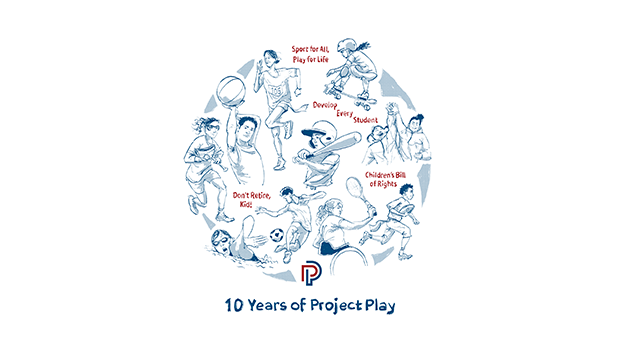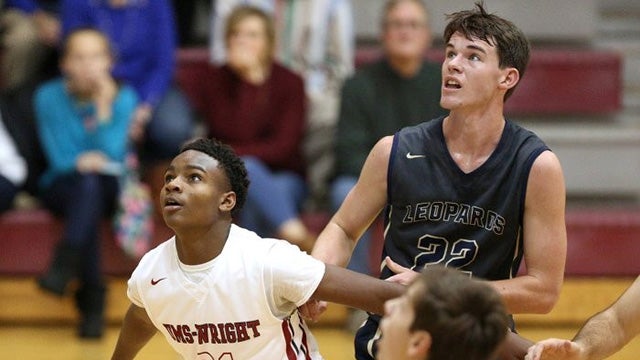Today in La Quinta, Calif., the Aspen Institute Sports & Society Program hosts an all-day roundtable at the Clinton Health Matters Conference. The roundtable, “Designing for Universal Access: How to Reach All Kids?” is part of the program’s Aspen Institute Project Play series and convenes 25 thought leaders with expertise in several of the most vulnerable populations: low-income children, girls, intellectually and physically disabled children, and autistic kids.
I’m one of the fortunate — I knew what I wanted to do with my life in high school — and that was to be a journalist. I’m still a journalist, but over the past couple of years I’ve added another layer to my work. Now, beyond telling stories, I convene leaders and facilitate dialogue in the Aspen Institute tradition. I also try to help my small but rich corner of the world — sports — find the opportunity to tell a new story, its best story. That is to say, one in which there’s room for all to participate, and we don’t stop playing at adolescence: sport for all, play for life.
I’m inspired by my mother, who grew up poor in post-Depression Miami. She picked up one of the few sports offered to girls of that era. She’s now 74 and plays tennis five days a week with women half her age; the game shaves 20 years off her self-concept, infusing her with vitality.
I’m inspired by my father, whose lower right leg was severed in a motor scooter accident as a boy. He now rides 75 miles a week on his bike in the pre-dawn darkness, burning fat, building cardio, and keeping his health care costs low.
I’m inspired by a kid I mentored in the Big Brothers Big Sisters program a few years ago, who said he would have been headed for trouble if not for his local rec center; he’s now a graduate of Howard University and a terrific family man.
I’m inspired by my 10-year-old nephew who is autistic, just the sweetest kid in the world, but who has already fallen out of a youth sport system that doesn’t know how to engage him.
The youth sport system misses a lot of kids, even today, when more of them than ever are running around in uniforms. Of the 51 million children between the ages of six and 17, only 27 million play team sports in any form (organized or casual) even once during the course of the year, according to a 2012 survey of US households by the Sports & Fitness Industry Association. Less than 16 million — just three out of every 10 kids — play sports on a regular basis.
Indeed, the shut out and pushed out are the norm, for reasons ranging from rising costs, to dubious coaching philosophies, to a lack of knowledge on how to make sports an early positive experience for the hardest to reach.
Today in La Quinta, Calif., at the Clinton Health Matters Conference, we build on the insights of our past two Project Play roundtables and consider what it will take to engage children from several of the most marginalized populations in American sports. On March 12, at the Aspen Institute headquarters in Washington, DC, we conclude the Nike-sponsored series by considering innovative ways to bring the training of volunteer coaches to scale.
This is the time to make sports accessible for all. And with the insights of those who are gathering for these roundtables, we can make sure that sport remains a pathway to a healthy future for all kids well into adulthood.
Tom Farrey, director of the Aspen Institute Sports and Society Program, is an Emmy Award-winning journalist for ESPN and author of the book, “Game On: The All-American Race to Make Champions of Our Children.” He can be followed on Twitter @TomFarrey and reached at tom.farrey@aspeninstitute.org.

